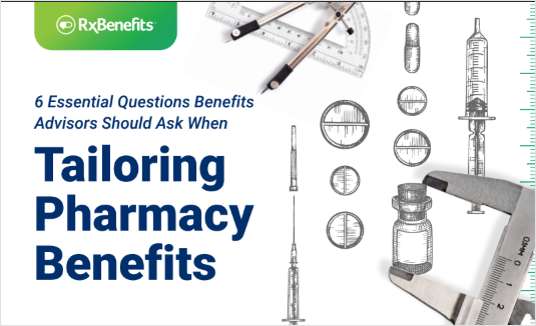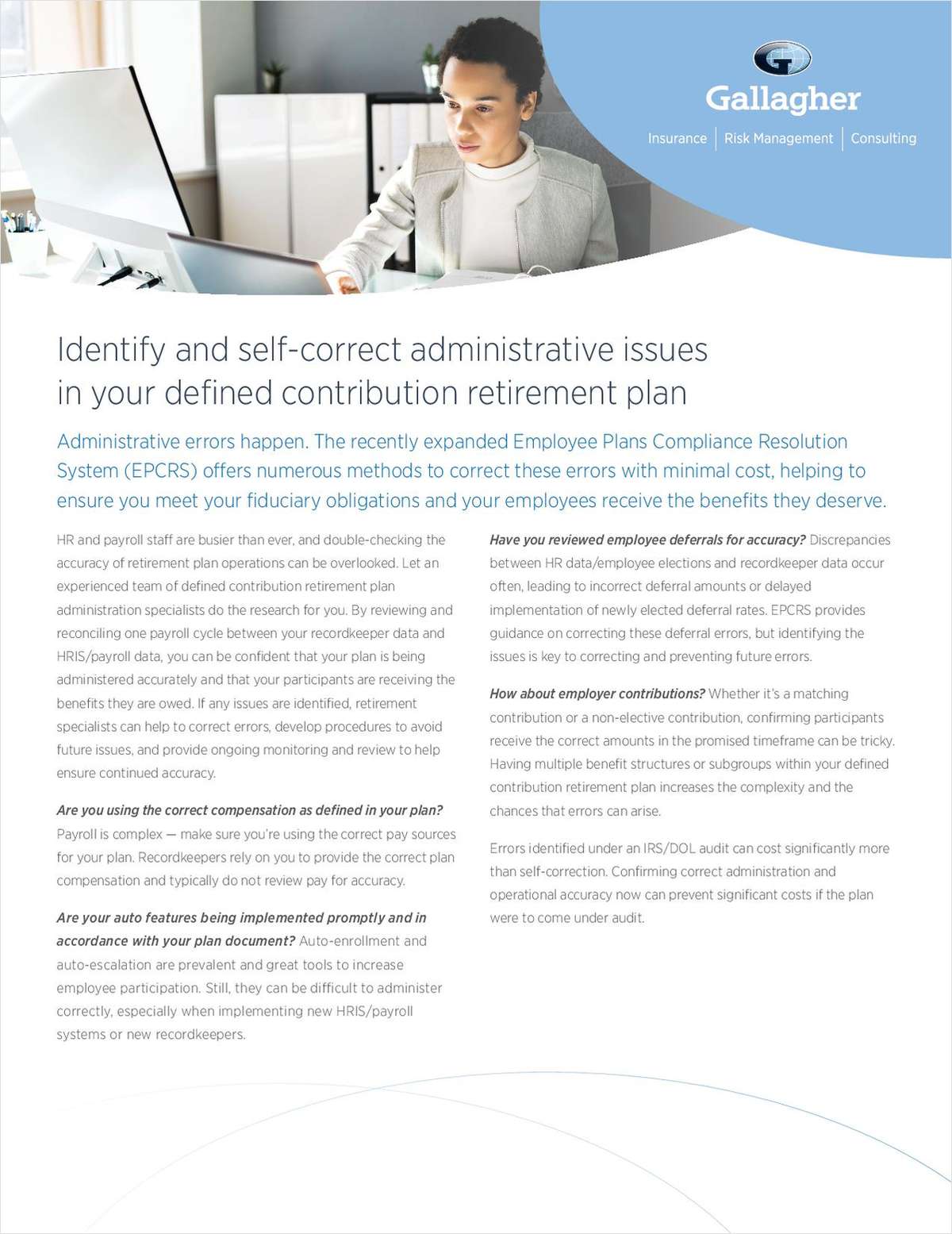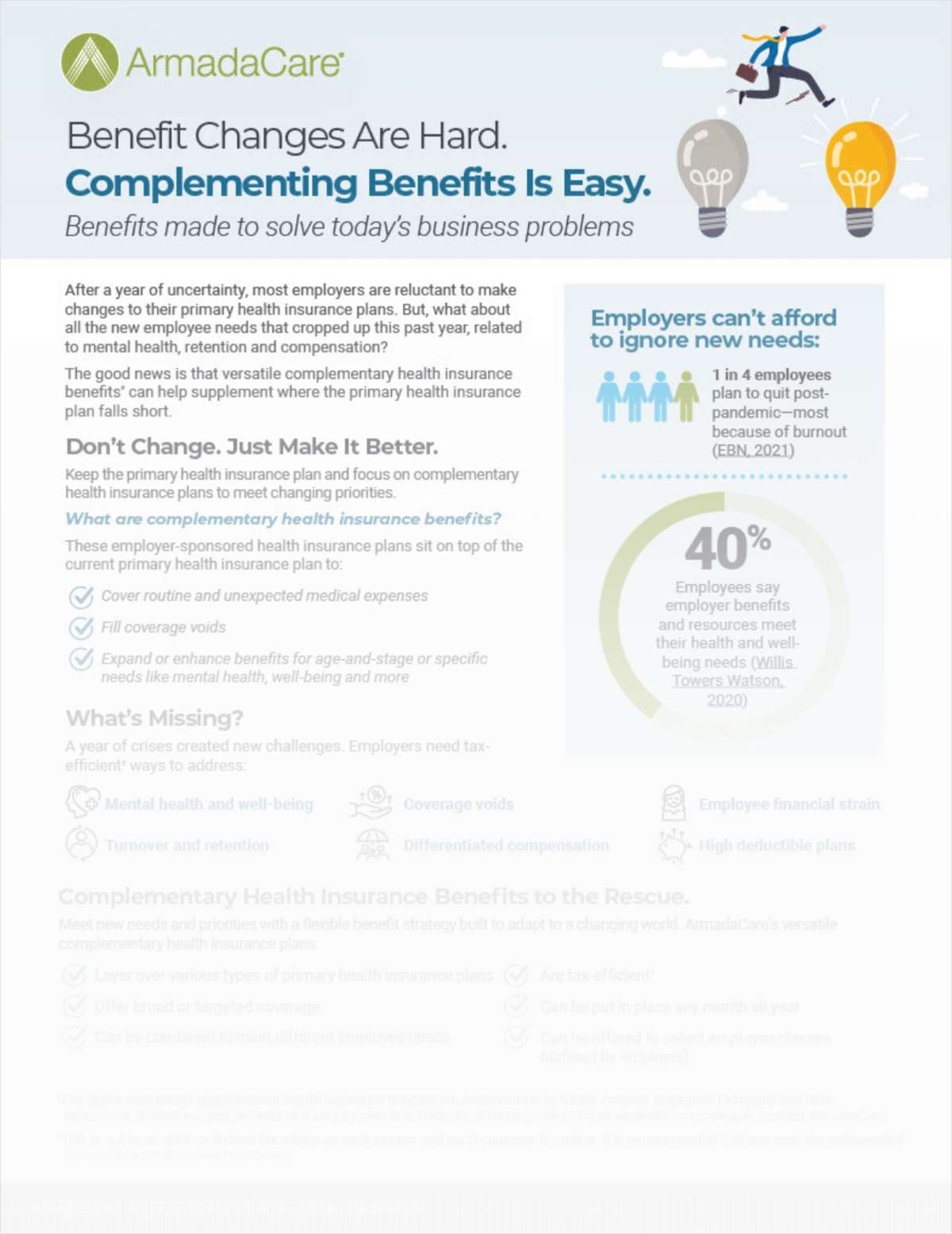There's a portion at the end of every mutual fund's annual report that, if you read it closely, just might change your view on “fees,” or, more appropriately, mutual fund operating costs (commonly called the “expense ratio”). But before I get to that, let's review the game everyone plays when it comes to fees.
Fees are bad. Retirement savers pay too much in fees. Why, did you know that several white papers even say ordinary workers will lose anywhere from $150,000 to more than a quarter-million dollars? That's maybe a third or more of their earnings. All lost to those terrible fees.
Only, the bulk of these “fees” consist of mutual fund operating costs. One widely quoted study even includes “trading” expenses (i.e., brokerage commissions incurred when buying and selling underlying securities within the mutual fund's portfolio). Here's the too-often-ignored mathematical reality: Mutual fund returns already incorporate both brokerage commissions and expense ratios.
This is where that “expense table” in the fund's annual report comes in. The SEC requires every mutual fund to report both the actual dollar-denominated costs as well as a “hypothetical” calculation which assumes the fund has a 5 percent annual return. What this means is the SEC wants shareholders to compare the expense ratio of all funds based on this hypothetical 5 percent return. The trouble is, that's not what the annual report shows. It only shows the actual versus hypothetical expenses paid based on the expense ratio of the mutual fund.
Think about this. If the actual return exceeds 5 percent, the “actual” expenses paid will be more than the “hypothetical” fees paid. For example, if your fund grew by 10 percent, the actual fees paid will be shown in the table to be twice that of the hypothetical fund.
Do you think the typical shareholder might assume these higher “actual” fees indicate the fund is bad? This is where a close examination might cause you to stop worrying about fees and even learn to love them. Why? Because in order to suffer those higher fees, you would have had to be blessed with an equally higher return.
This is the problem with including the expense ratio (and trading commissions, for that matter) in any discussion of fees. Since fund returns already incorporate these expenses, to include these costs as “fees” amounts to double-counting them. It's not just widely quoted white papers that make this mistake. Even the SEC has inadvertently committed this same error.
Here's what I mean: In the case of the expense table calculation, let's say you have $100,000 and you earn 10 percent on a fund with an expense ratio of 2 percent. You'll have earned $10,000, including $2,033 in actual expenses paid. The hypothetical fund (which rose only 5 percent) would have earned $5,000, including $2,008 in hypothetical expenses paid. So, let me ask you this question: Would you rather pay $25 more in order to earn $5,000 more, or would you rather save that $25 and earn $5,000 less?
Higher “fees.” Gotta love them.
Complete your profile to continue reading and get FREE access to BenefitsPRO, part of your ALM digital membership.
Your access to unlimited BenefitsPRO content isn’t changing.
Once you are an ALM digital member, you’ll receive:
- Breaking benefits news and analysis, on-site and via our newsletters and custom alerts
- Educational webcasts, white papers, and ebooks from industry thought leaders
- Critical converage of the property casualty insurance and financial advisory markets on our other ALM sites, PropertyCasualty360 and ThinkAdvisor
Already have an account? Sign In Now
© 2024 ALM Global, LLC, All Rights Reserved. Request academic re-use from www.copyright.com. All other uses, submit a request to [email protected]. For more information visit Asset & Logo Licensing.








